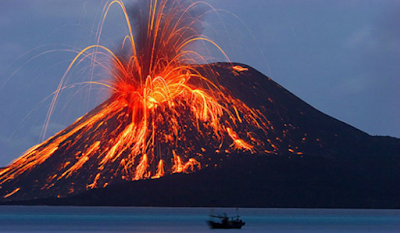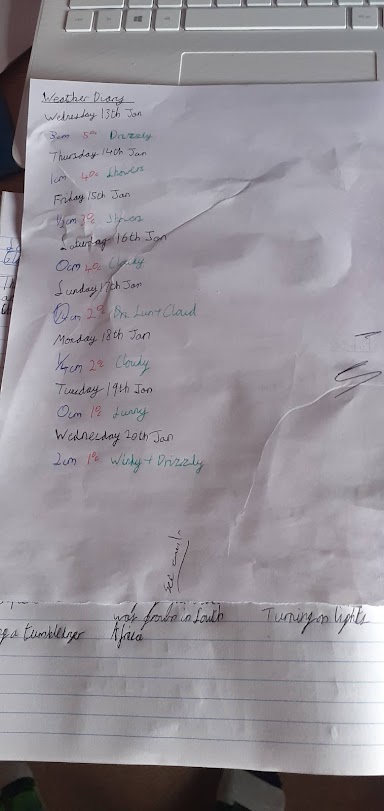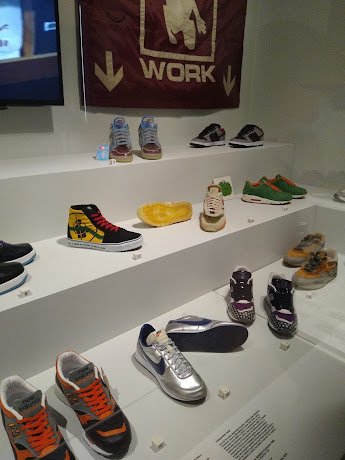Geography Year 9 - 'Figuring It Out' Challenge
Lily in Year 9 has been investigating different kinds of volcanoes. You can see her findings here:
Shield Volcano
Shield Volcanoes are large volcanoes that erupt very rarely.
When they do erupt, the lava is not viscous at all; it is runny and non-acidic.
They are made from basalt unlike other volcanoes.
An example of a shield volcano is Mauna Loa in Hawaii.
Mauna Loa is the largest volcano when it comes to area and volume. It is 5,271 sq km in area. The last time it erupted was in 1984; it is an active volcano. Its name directly translates to Long Mountain in Hawaiian.Composite Volcanoes are tall, steep volcanoes that are made
from layers of ash and lava. When composite volcanoes erupt, they tend to be
very dangerous, spouting viscous lava and plumes of ash everywhere.
An Example of a composite volcano is Mount Fuji in Japan.
Mount Fuji is Japan’s tallest mountain standing at 3776.24m.
The last time Fuji erupted was in 1708, and is still considered an active
volcano. Its last eruption was said to have been triggered by an earthquake.




Comments
Post a Comment